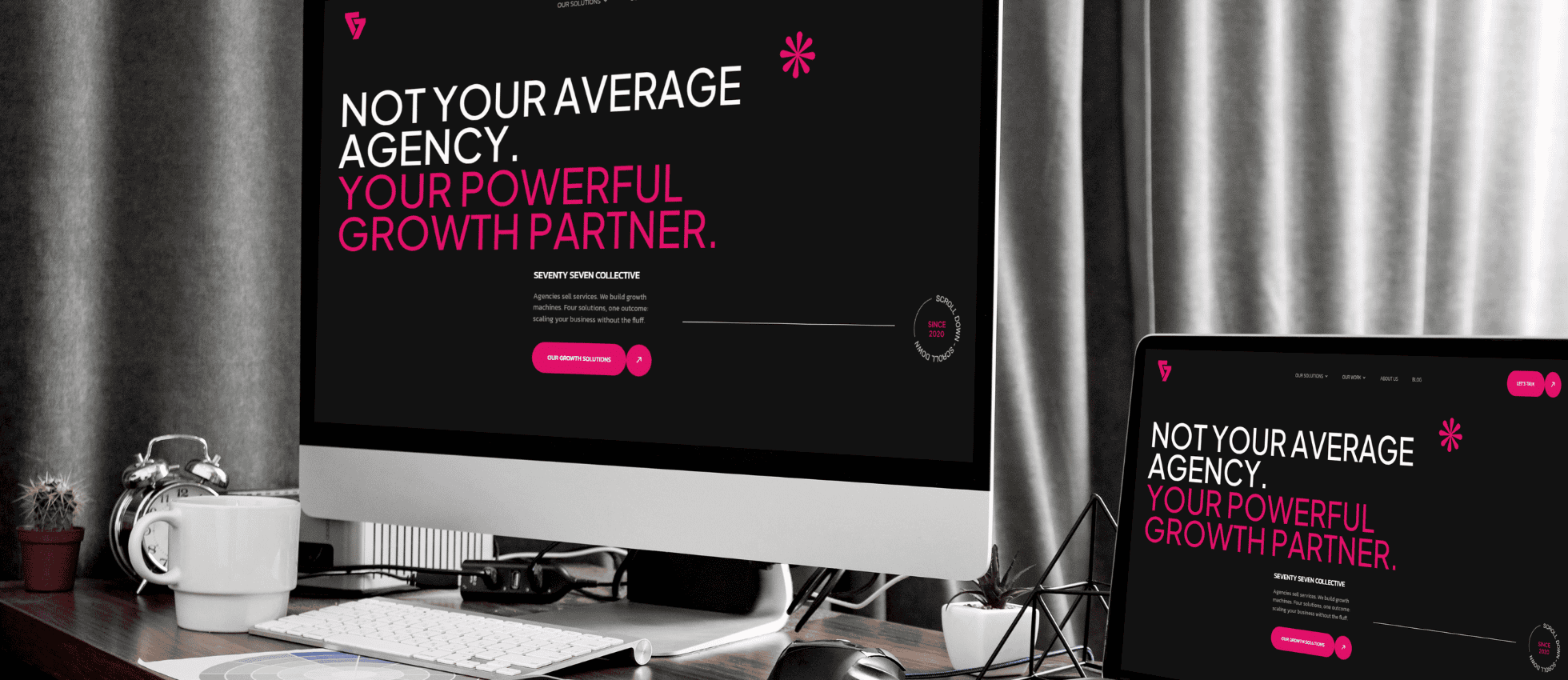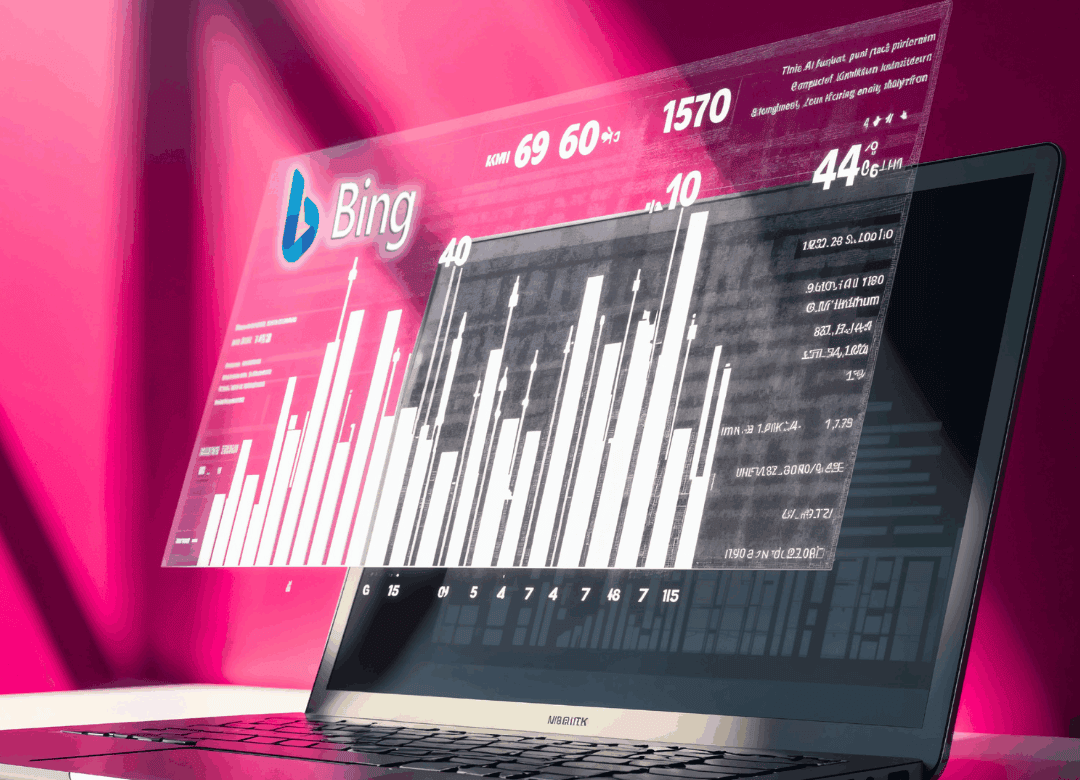
Short answer: absolutely. Your website isn’t just a digital brochure it’s your first salesperson, your brand
ambassador, and often the first impression customers get. With visitors forming opinions in under 0.05 seconds,
your design determines whether they’ll stay, trust, and buy or bounce away to a competitor.
Website design has evolved from a visual afterthought into a strategic growth driver. Let’s break down why it’s
so crucial today.
Why First Impressions in Web Design Matter
Users judge credibility and trustworthiness based on design instantly. A Stanford study found that 75% of users
assess a brand’s credibility by its website design.
That means color choices, typography, and layout aren’t just aesthetic they’re psychological.
A cluttered, outdated site signals neglect. A clean, modern interface communicates confidence and professionalism. Your
website’s design is like a storefront: if it looks uninviting, people won’t come in no matter how great your products
are.
Key Elements of Good Website Design
A good website isn’t just “pretty.” It’s functional, fast, accessible, and intuitive. Every design decision
should serve a purpose: clarity, usability, or persuasion.
Here’s a quick checklist of what makes great web design tick:
- Clear navigation and hierarchy
- Consistent branding and visuals
- Mobile responsiveness
- Fast load speed
- Accessibility for all users
Let’s unpack these one by one.
Clear Navigation and Structure
Navigation is the map that guides your visitors. Confusing menus and endless dropdowns are digital roadblocks.
A well-structured site uses:
- Logical menu categories
- Breadcrumbs for easy orientation
- Clear CTAs (calls-to-action)
- Internal links that guide user flow
Pro tip: Test your structure with a “three-click rule.” If users can’t find what they need in three clicks,
simplify your layout.
Visual Design and Branding
Visual consistency builds trust. Your site’s colors, fonts, and imagery should mirror your brand’s identity just like
your logo and tone of voice.
Example: Apple’s minimalist aesthetic communicates innovation and simplicity. Nike’s bold visuals and dynamic
layouts evoke energy and ambition.
Ask yourself: Does my design make people feel the way I want them to feel about my brand?
Mobile Responsiveness
With over 60% of web traffic coming from mobile, responsiveness isn’t optional.
Google also prioritizes mobile-friendly sites through mobile-first indexing.
Responsive design ensures:
- Text and buttons scale correctly
- Images adjust to different screen sizes
- Navigation remains intuitive
If your website forces users to pinch, zoom, or scroll sideways you’re losing conversions fast.
Page Speed and Performance
Speed kills or rather, slow speed kills conversions.
A 1-second delay in page load time can reduce conversions by 7%.
To keep performance high:
- Optimize images and code
- Use lazy loading
- Leverage caching and CDN services
Tools like Google PageSpeed Insights and GTmetrix help pinpoint bottlenecks before they hurt user
experience.
Accessibility and Inclusivity
An inclusive design ensures everyone can use your website regardless of ability.
Following WCAG (Web Content Accessibility Guidelines) helps your brand reach a wider audience while improving
SEO.
Best practices include:
- Alt text for images
- High color contrast
- Keyboard navigation
- Descriptive link text
Accessibility isn’t just compliance it’s good business and great ethics.
The Role of Design in User Experience (UX)
User experience (UX) is how your site feels to interact with. Great UX means effortless browsing; poor UX feels
like walking through a maze.
Good design reduces cognitive load it makes choices obvious, paths simple, and interactions intuitive. Every second of
confusion is a potential lost sale.
Engagement and Retention
Engagement is the glue that keeps visitors exploring.
Design affects engagement through:
- Readable typography
- White space (reduces fatigue)
- Micro-interactions (hover effects, animations)
- Visual hierarchy (headings, color emphasis)
Metrics to watch: scroll depth, time on page, and click-through rates. These reveal whether your design
encourages exploration or sends users running.
Ease of Use and Interactions
Ease of use is UX’s backbone. Buttons should look clickable. Forms should be short. Feedback (like “Success!” messages)
should confirm interactions instantly.
Animations and hover effects make interfaces feel alive, guiding attention naturally. The best designs are
invisible they work so smoothly users barely notice them.
How Web Design Impacts SEO
Web design and SEO are deeply connected. Google’s algorithms increasingly measure user experience signals,
meaning design affects rankings directly and indirectly.
A beautiful site that’s slow, hard to navigate, or confusing to crawl won’t rank well no matter how great your content
is.
Crawlability and Site Structure
Search engines rely on structure to understand your site.
Well-designed architecture includes:
- Logical URL hierarchies
- Internal linking
- Proper heading tags (H1–H4)
- XML sitemaps
Clean code and consistent navigation make it easier for Google to index your pages and for users to find them.
Bounce Rate and Dwell Time
Design influences how long people stay.
A confusing or unattractive design increases bounce rate, signaling to Google that users didn’t find value.
Tip: Use analytics tools (like Hotjar or GA4) to see where visitors drop off and redesign those pain points.
Core Web Vitals and Technical SEO
Core Web Vitals remain central to Google’s ranking system:
- LCP (Largest Contentful Paint): Measures loading speed
- FID (First Input Delay): Measures interactivity
- CLS (Cumulative Layout Shift): Measures visual stability
Design decisions like oversized images, dynamic pop-ups, or slow animations can hurt all three. Optimize early, not
after launch.
Website Design and Conversion Rates
Your design directly affects your bottom line.
Visitors don’t just need to see your offer they need to be guided to it.
CTA Placement and Funnel Flow
Where you place your Call to Action (CTA) buttons can make or break conversions. Eye-tracking studies show users
naturally follow F-shaped or Z-shaped reading patterns.
Smart CTAs appear:
- At the top (for impulse clicks)
- Mid-scroll (to catch engaged users)
- At the bottom (for decision-makers)
A/B test placements and wording small tweaks often yield big gains.
Trust Signals and Professional Aesthetics
Design communicates credibility. Add:
- SSL certificates and “https”
- Real testimonials with photos
- Partner or media logos
- Clean typography and whitespace
A professional-looking site feels safe to buy from. Amateur designs trigger hesitation even if your product is
top-notch.
Comparing DIY vs. Professional Web Design
Should you build your site yourself or hire an expert?
It depends on your goals, skills, and time.
| Feature | DIY Platforms (e.g., Wix, Squarespace) | Professional Design (Agency or Freelancer) |
|---|---|---|
| Cost | Low | Medium to high |
| Time Investment | High | Low (outsourced) |
| Customization | Limited templates | Fully tailored |
| SEO Optimization | Basic tools | Advanced setup |
| Scalability | Harder to expand | Easy to grow |
Verdict: DIY works for personal projects or startups. But if your site drives revenue, professional design offers
long-term ROI.
Real-World Results: Stats That Show Why Design Matters
Still not convinced? The numbers speak loudly:
- 94% of first impressions are design-related (Stanford)
- 88% of users won’t return after a bad experience (Sweor)
- 50% higher conversion rates are reported after redesigns (Adobe)
- Two-thirds of small businesses saw increased credibility after a visual overhaul
Design isn’t decoration it’s a business investment that pays measurable dividends.
Conclusion: Investing in Design Is Investing in Growth
So does website design matter?
Yes. It’s not optional; it’s foundational. Great design builds trust, boosts SEO, and turns clicks into
customers.
Whether you’re redesigning from scratch or improving your current site, remember: your website is your digital
storefront. Make it worth walking into.
FAQs About Website Design
- 1. How much should I invest in website design?
Anywhere from $2,000–$10,000 for professional work, depending on scope and complexity. Think of it as
a marketing investment, not a cost. - 2. How often should I redesign my site?
Every 2–3 years or when your analytics show declining engagement or conversions. - Does design affect SEO rankings directly?
Indirectly, yes through speed, UX, and engagement metrics like dwell time. - 3. What’s the difference between UX and UI design?
UI (User Interface) is how it looks; UX (User Experience) is how it feels. Great web design blends both
seamlessly.
4. Can AI replace professional designers?
AI tools can accelerate design but creativity, strategy, and brand storytelling still need human expertise.



